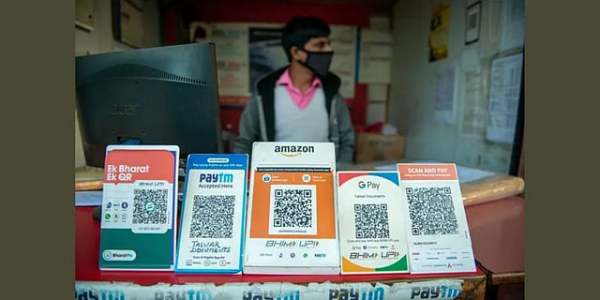Google Pay, one of India’s leading digital payment platforms, has begun imposing convenience fees on bill payments made using credit and debit cards. This marks the end of an era of free transactions for millions of users who rely on the platform to pay for essential services like electricity, gas, and water bills.
According to Google Pay’s website, the newly introduced fee ranges between 0.5 per cent and 1 per cent of the transaction amount, plus applicable GST. However, transactions made directly through UPI-linked bank accounts remain free.
This move follows Google Pay’s earlier decision to introduce a Rs 3 convenience fee on mobile recharges, which was implemented over a year ago.
Google Pay Joins Industry Shift Toward Monetisation
A source familiar with the matter told The Economic Times that this platform fee aligns with a broader industry trend of monetising UPI transactions. As India witnesses a surge in digital payments, fintech companies are exploring ways to ensure financial sustainability.
Google Pay holds a 37 per cent share of the UPI market, second only to PhonePe, which is backed by Walmart. In January 2025 alone, Google Pay processed transactions worth Rs 8.26 trillion, highlighting its dominance in India’s digital payment ecosystem.
Other Players Also Levy Charges on Card Payments
Google Pay is not the only platform to introduce such charges. PhonePe also applies fees on bill payments made via credit and debit cards, including payments for water and gas bills. Paytm, another key player in the digital payment space, imposes platform fees ranging from Rs 1 to Rs 40 on UPI recharges and bill payments.
 Since 2020, the Indian government has mandated that no Merchant Discount Rate (MDR) be levied on UPI transactions below Rs 2,000 to encourage digital payments. To compensate for this loss, the government introduced MDR reimbursements in 2021. For transactions above Rs 2,000, a merchant fee of 1.1 per cent is allowed.
Since 2020, the Indian government has mandated that no Merchant Discount Rate (MDR) be levied on UPI transactions below Rs 2,000 to encourage digital payments. To compensate for this loss, the government introduced MDR reimbursements in 2021. For transactions above Rs 2,000, a merchant fee of 1.1 per cent is allowed.
The Rising Cost of UPI Transactions
The financial burden of processing UPI transactions has been growing steadily. In the financial year 2024 (FY24), the total cost of handling UPI payments amounted to approximately Rs 12,000 crore. Out of this, Rs 4,000 crore was spent on processing low-value transactions (under Rs 2,000).
Since 2020, the Indian government has mandated that no Merchant Discount Rate (MDR) be levied on UPI transactions below Rs 2,000 to encourage digital payments. To compensate for this loss, the government introduced MDR reimbursements in 2021. For transactions above Rs 2,000, a merchant fee of 1.1 per cent is allowed.
 Despite the introduction of new fees, UPI adoption remains strong. In January 2025 alone, India recorded 16.99 billion UPI transactions, with a total value of Rs 23.48 trillion.
Despite the introduction of new fees, UPI adoption remains strong. In January 2025 alone, India recorded 16.99 billion UPI transactions, with a total value of Rs 23.48 trillion.
UPI Usage Continues to Surge
Despite the introduction of new fees, UPI adoption remains strong. In January 2025 alone, India recorded 16.99 billion UPI transactions, with a total value of Rs 23.48 trillion. This represents a 1.55 per cent increase in transaction volume and a 1 per cent rise in value compared to December 2024. On an annual basis, UPI transaction volumes surged by 39 per cent, reflecting India’s growing reliance on digital payments.
With these changes, users must now reconsider their payment methods to avoid additional fees, as fintech companies reshape their business models to balance growth and profitability.









